In today’s world, social connection is more important than ever, especially post-pandemic. Citizens, specifically Generation Z, are increasingly craving real-life social interactions and experiences. This shift in consumer behavior has had a profound impact on the retail landscape.
As physical retail gains momentum once again, brands are reevaluating the undeniable importance of brick-and-mortar stores. They are actively seeking ways to elevate brand experiences and create meaningful connections with their customers. This underscores the critical need to stay abreast of current retail design trends and consumer preferences.
Despite having less purchasing power compared to older generations, Gen Z comprises a significant portion of the global population and represents the future consumer base. Their proficiency with the internet and social media not only influences market trends and brand decisions but also plays a pivotal role in shaping the retail landscape.
Gen Z, being digital natives, shows nearly equal engagement with brands in physical stores and online platforms, as evidenced by survey published by ICSC in 2023. Consequently, brands must ensure a seamless path-to-purchase experience in-store that mirrors the online experience while offering tangible benefits to customers visiting physical stores.
In 2023, H&M introduced its first Beauty stores with a design concept inspired by cocktail bars, promising a social scene.
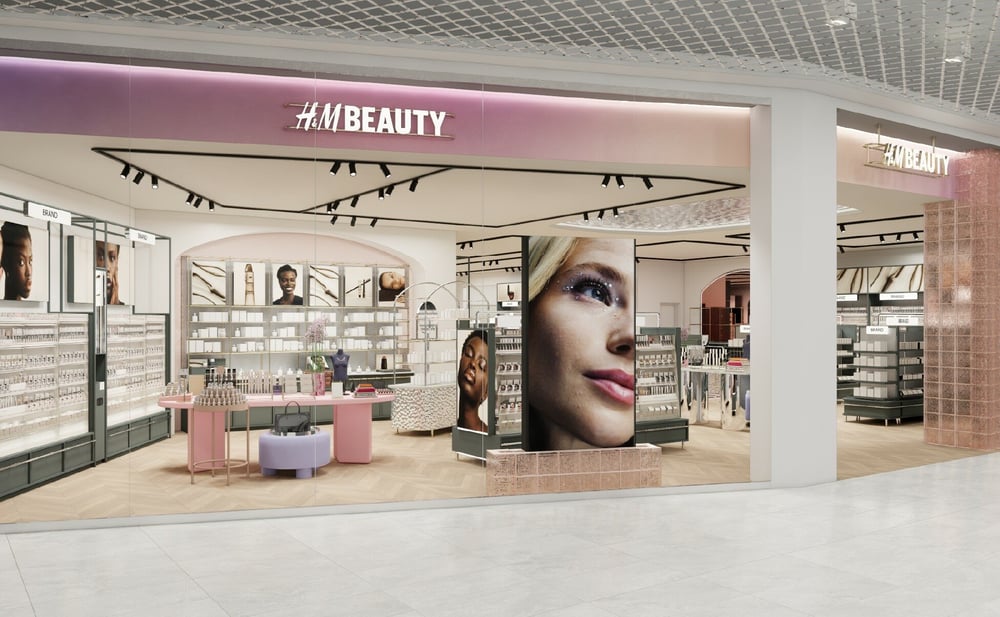
Crédit : Fashion Network et BeautyEQ
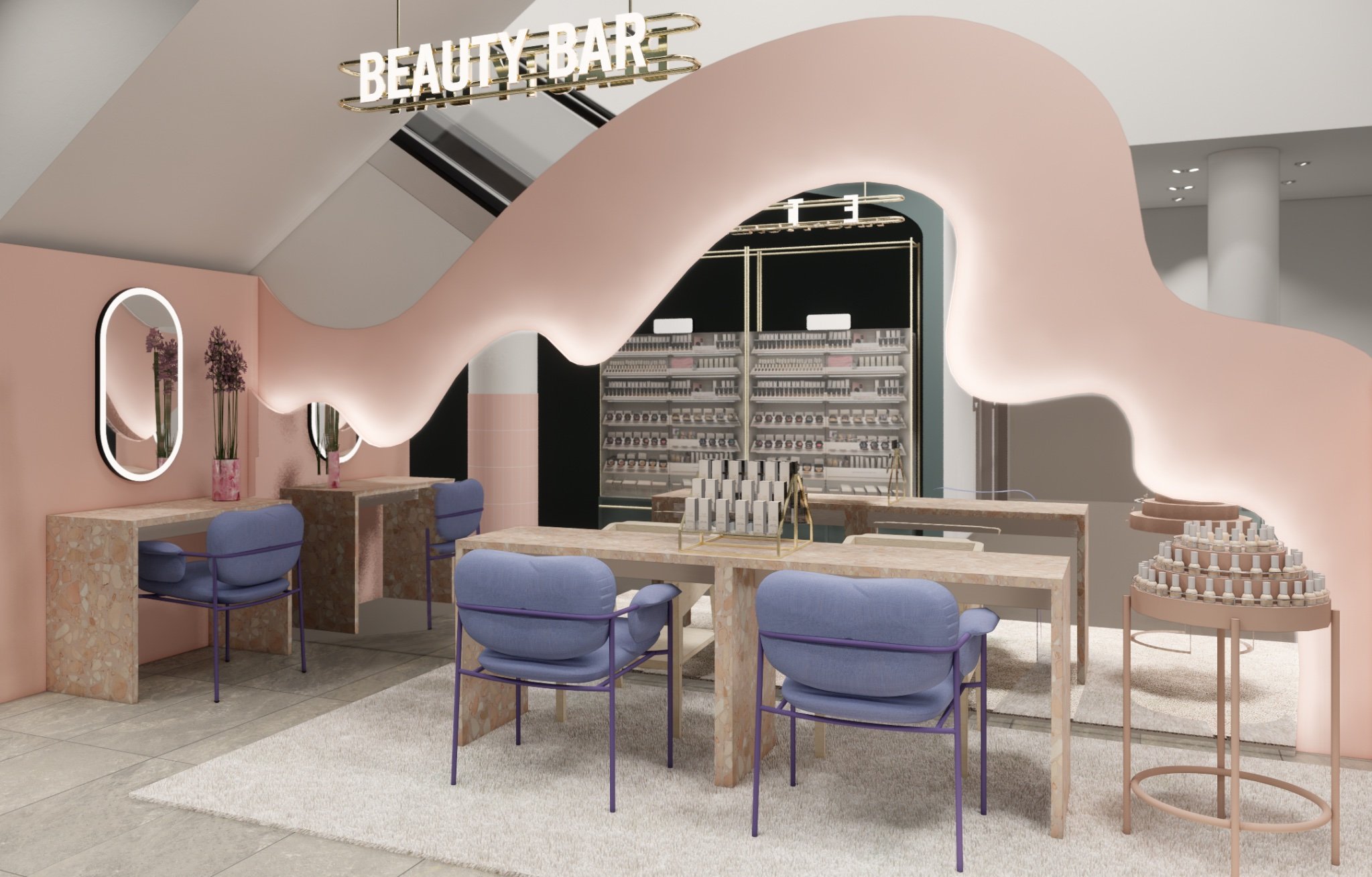
Crédit : Fashion Network et BeautyEQ
Similarly, VALRHONA, exemplifies how brands can leverage retail design to create unique brand experiences for visitors. While the stores feature dedicated sections for their products, the brand also developed a tasting table designed to immerse shoppers in a tasting experience, accompanied by a Valrhona expert.
This approach not only showcases products but also fosters a deeper connection between the brand and its customers, enhancing the overall retail experience.
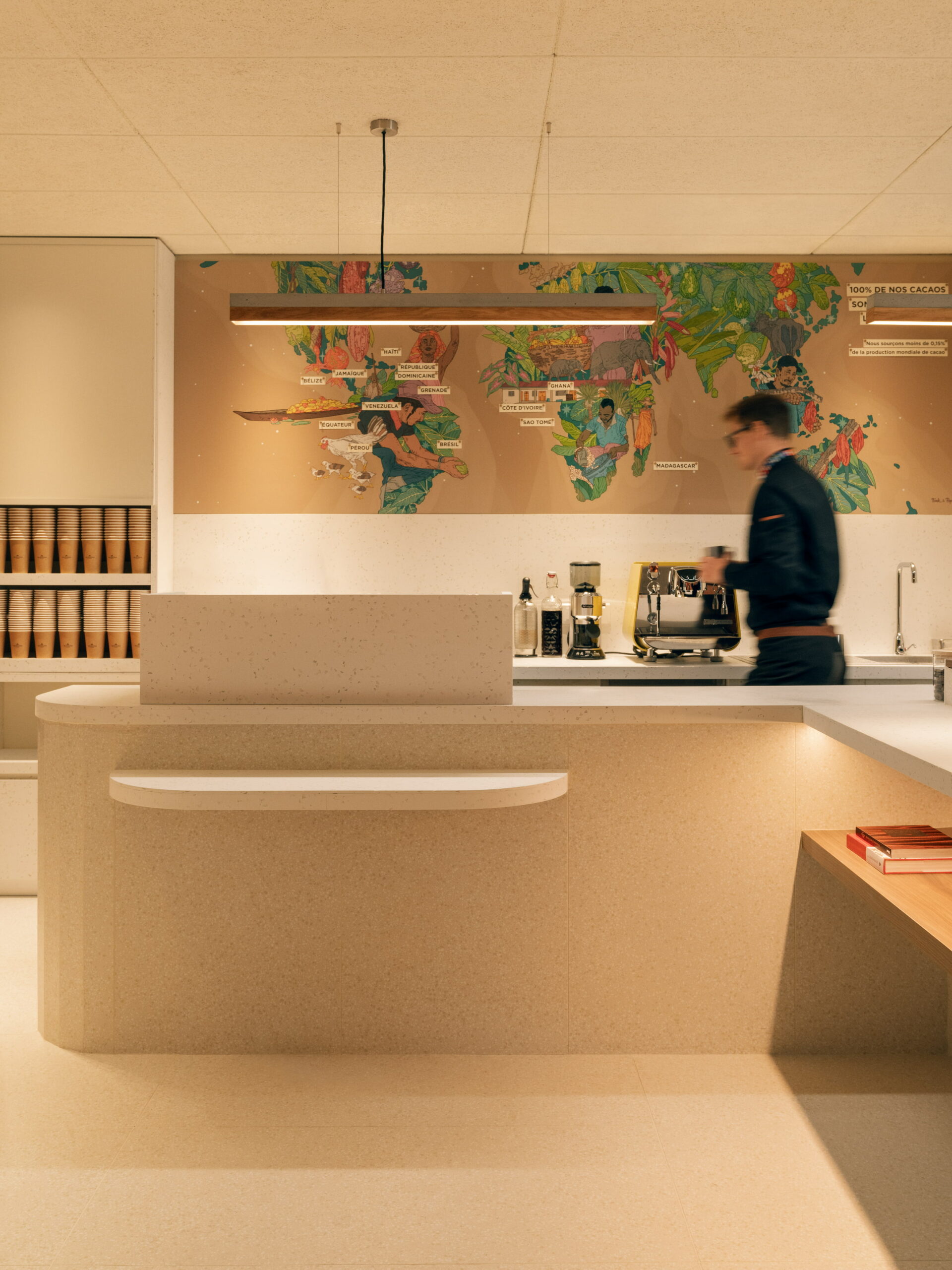

Technology continues to play an increasingly significant role in all aspects of our lives, including retail design. Over the past five years, retailers have embraced technology to elevate customer experiences. According to Stylus’s NFR, Retail’s Big Show 2024 report businesses implementing AI and machine learning have experienced substantial growth in sales (2.3 times) and profits (2.5 times) compared to competitors in 2023.
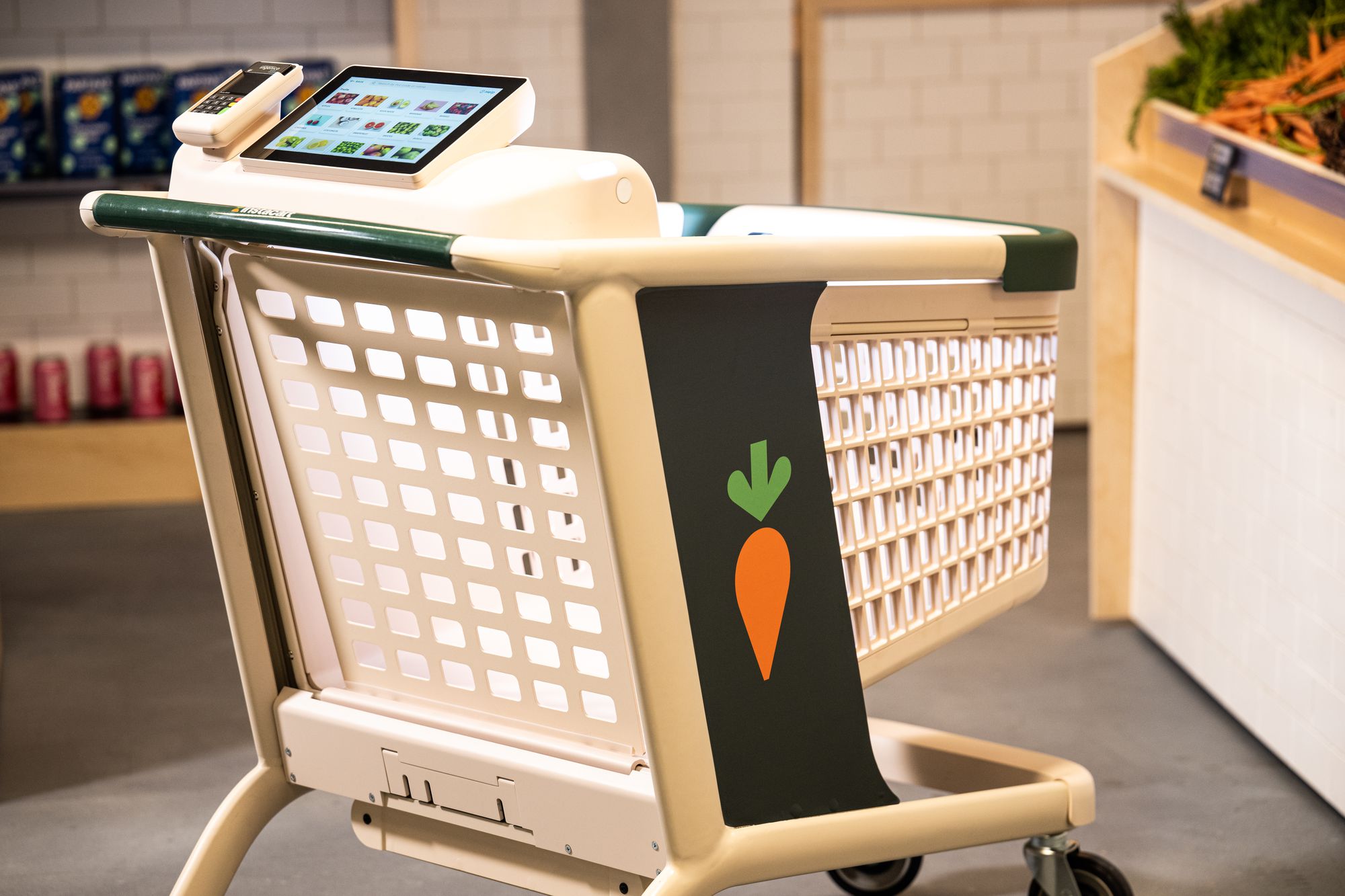
Crédit : The Verge

Crédit : The Verge
In addition to AI, virtual spaces hold significant importance in the retail sector, as exemplified by brands like Adidas. Adidas has tapped into the metaverse trend by launching pop-up shops on Roblox (metaverse gaming environment with pop-up stores), offering digital wearables and accessories tailored for the platform.
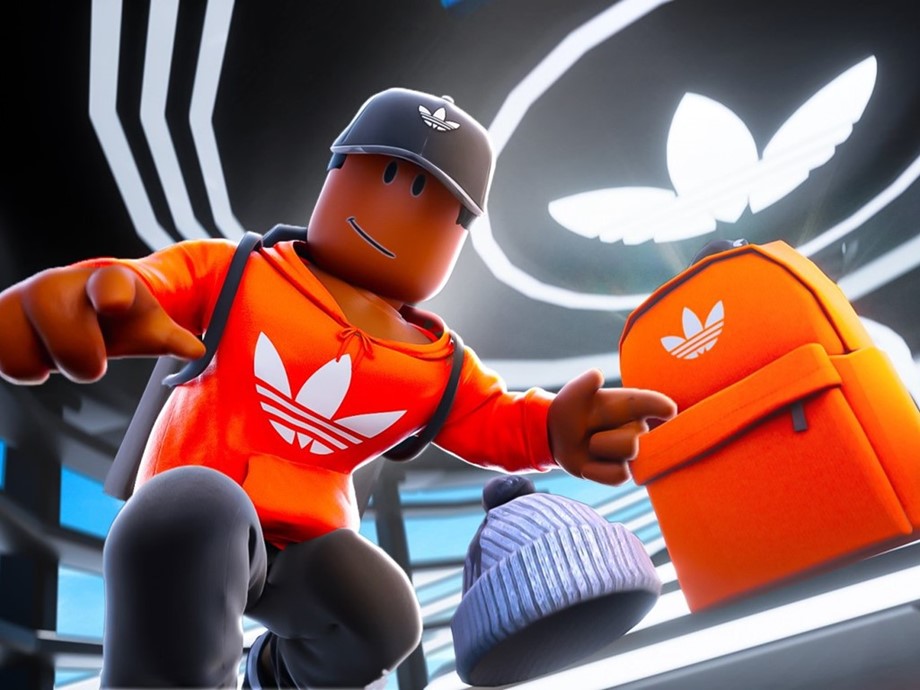
Crédit : Adidas
In addition to AI, virtual spaces hold significant importance in the retail sector, as exemplified by brands like Adidas. Adidas has tapped into the metaverse trend by launching pop-up shops on Roblox (metaverse gaming environment with pop-up stores), offering digital wearables and accessories tailored for the platform.
Moreover, retail design innovations like Colmar‘s new flagship store in Milan showcase how technology can create immersive experiences for customers. The store features multiple LED screens throughout, with a horizontal LED screen spanning the entire shop facade providing real-time forecasts and air quality data. Additionally, an interactive LED floor recreates the visual and acoustic sensations of walking on snow, evoking brands natural habitat.
These technological advancements empower brands to construct a universe where their vision seamlessly intertwines with customer preferences, offering a compelling investment opportunity.
Pop-up shops have become a captivating strategy for brands to attract young consumers. Inspired by the allure of “drop culture,” where limited-release merchandise generates hype and anticipation, brands are increasingly embracing pop-up stores to tap into this phenomenon.
In a market driven by a desire for novelty and sensory experiences, pop-ups can yield significant revenue boosts, often ranging from 20% to 30% more than traditional stores. Recent surveys highlight the success of brands experimenting with pop-ups, showing a 46% increase in sales, a 51% rise in market visibility, and a remarkable 66% boost in brand awareness.
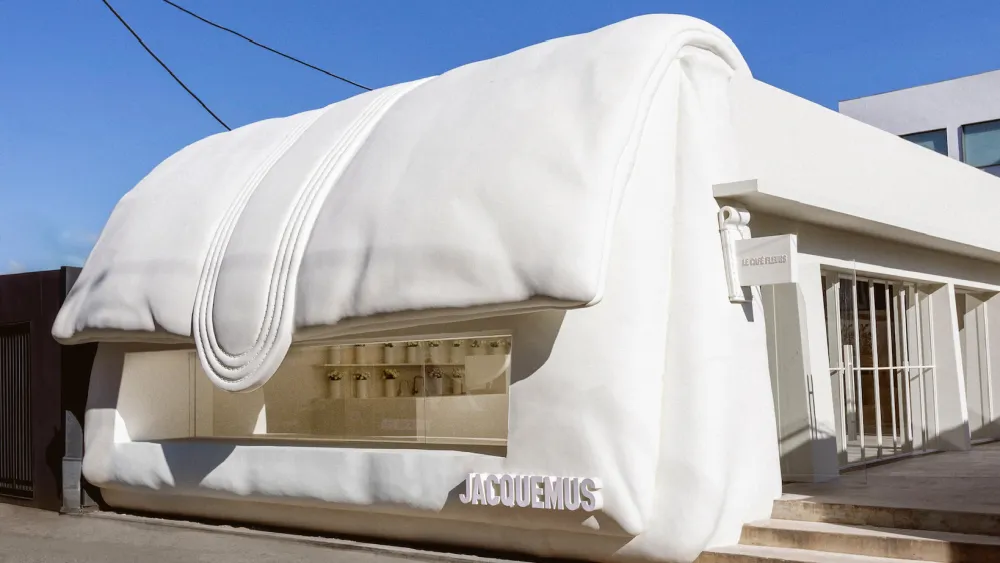
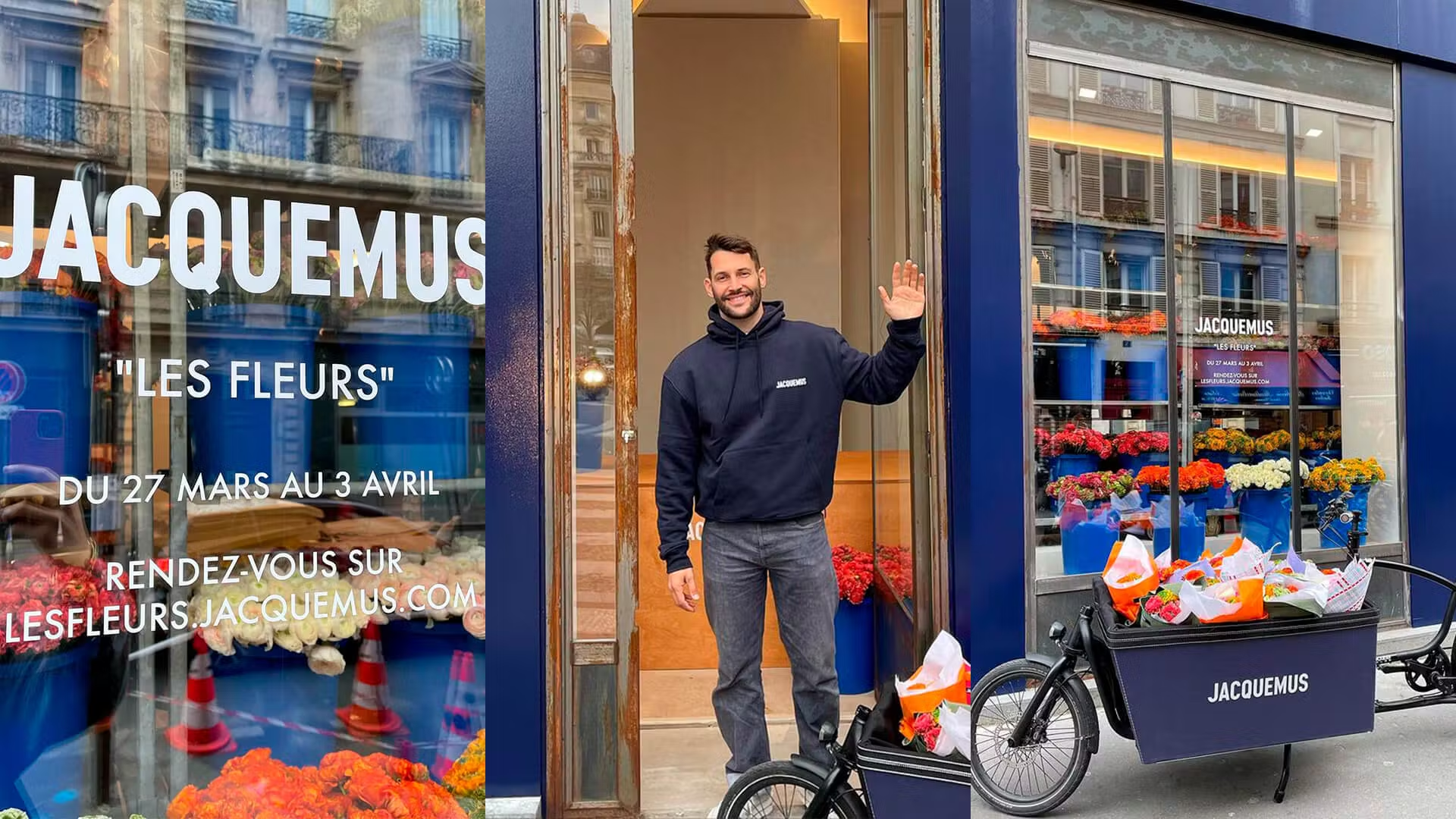
Retail design trends for 2024 highlight the importance of creatively blending experiential and transactional retail elements to foster engaging store visits and establish an authentic connection with consumers. As retailers embrace these trends, from AI integration to pop-up stores, the key to thriving in an ever-changing market lies in maintaining innovation and prioritizing customer-centric approaches.
To discover more trends, download right now our 2024 Useful Design Trends report.
To discover more trends, download right now our 2024 Useful Design Trends report.
Do you have a challenge, a project, something else, for which you need support?
Do you have a challenge, a project, something else, for which you need support?
To discover more trends, download right now our 2024 Useful Design Trends report.

